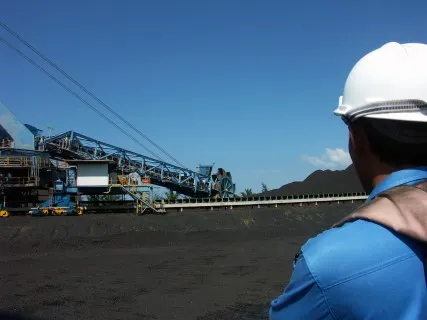
The Philippines licks its wounds from Al Gore’s piercing remarks on coal-fired power use
Is the 70% reduction in emissions by 2030 too ambitious?
When Nobel Peace Prize winner and former US Vice President Al Gore visited Manila earlier in March to train climate change leaders, he dropped a statement that stung the country’s energy chief: “Quit investing in coal.” He urged the Philippine government to put an end to its heavy reliance on coal-fired power stations, especially now that renewable energy prices are rapidly dropping.
“In the thinking of many nations, the leadership has not caught up with the new reality. We have the solutions at hand to address climate change. Shift to renewable energy as the age of renewable energy is beginning,” he said in a speech to a 700-strong audience in Manila.
Department of Energy secretary Zenaida Y. Monsada flinched at Gore’s remarks and called it “offending.” She says that DOE has already submitted an ambitious target of 70% reduction in carbon emissions by 2030.
Stricter rules for running and maintaining coal-fired power plants are also already in place, Monsada says, and storage handling and coal distribution will be seen to improve over time.
“We aspire to have a balanced energy mix because we can’t be dependent on a single resource. But we need the power now and we can’t stop the dependence on coal-fired power plants at the moment--not when they are committed to remain compliant to rules and standards,” she adds.
Currently, under the energy department’s fuel mix policy, 30% of its energy requirements are being sourced from coal and the same percentage is derived from each of renewable energy and natural gas. Energy from oil-based power plants contribute the remaining 10%.
According to Greenpeace Southeast Asia, as of May 2015, the Philippines has 17 operating coal plants (30 boiler units), with 29 more (59 boiler units) approved by the DOE to begin commercial operations by 2020.
“Coal Operating Contracts (COC) for exploration have likewise been awarded to at least 39 companies in 2015. It should be noted that this number does not state which among them are already in operation, with some of them having been awarded with contracts as early as 2005,” Greenpeace says.
It adds that according to official statements released by a high-ranking DOE official, the Philippines is looking at a dramatically increased 70% dependence on coal for electricity from 2030 to 2050
Like its neighbouring countries, the Philippines turns to coal because capital outlay for fossil fuel plants is relatively cheaper than RE plants. Emmanuel P. Bonoan, vice chairman and COO at KPMG R.G. Manabat & Co., says, “Fuel costs have also decreased in the past few years, which makes thermal power plants more competitive. Conventional power plants are also needed to keep the balance in the grid, especially when RE comes in the form of intermittent wind, mini-hydro and solar sources.”
On the other hand, FirstGen, one of the country's largest IPPs, maintained its position to shun any participation in coal-fired power generation. CEO Federico R. Lopez recently stated in a speech, "FPH and its subsidiaries will not build, develop or invest in any coal-fired power plant. And I’m certain that without having to look too far, this country already has energy alternatives that do not mortgage the future of our children and future of our planet."
He adds, "Meeting the economy’s power demand with more coal-fired plants today means “locking-in” those high-carbon emissions for decades."


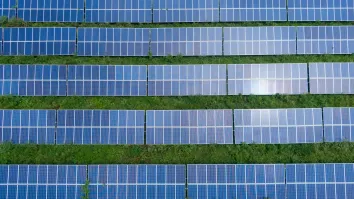
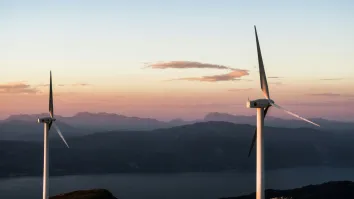

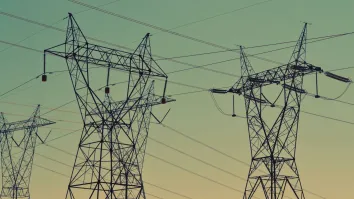




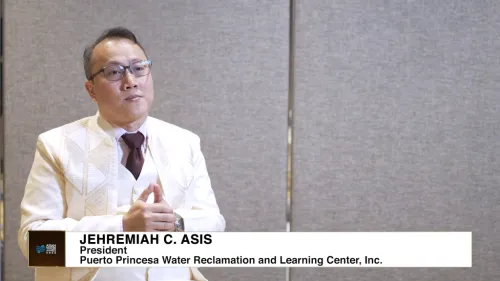








 Advertise
Advertise






